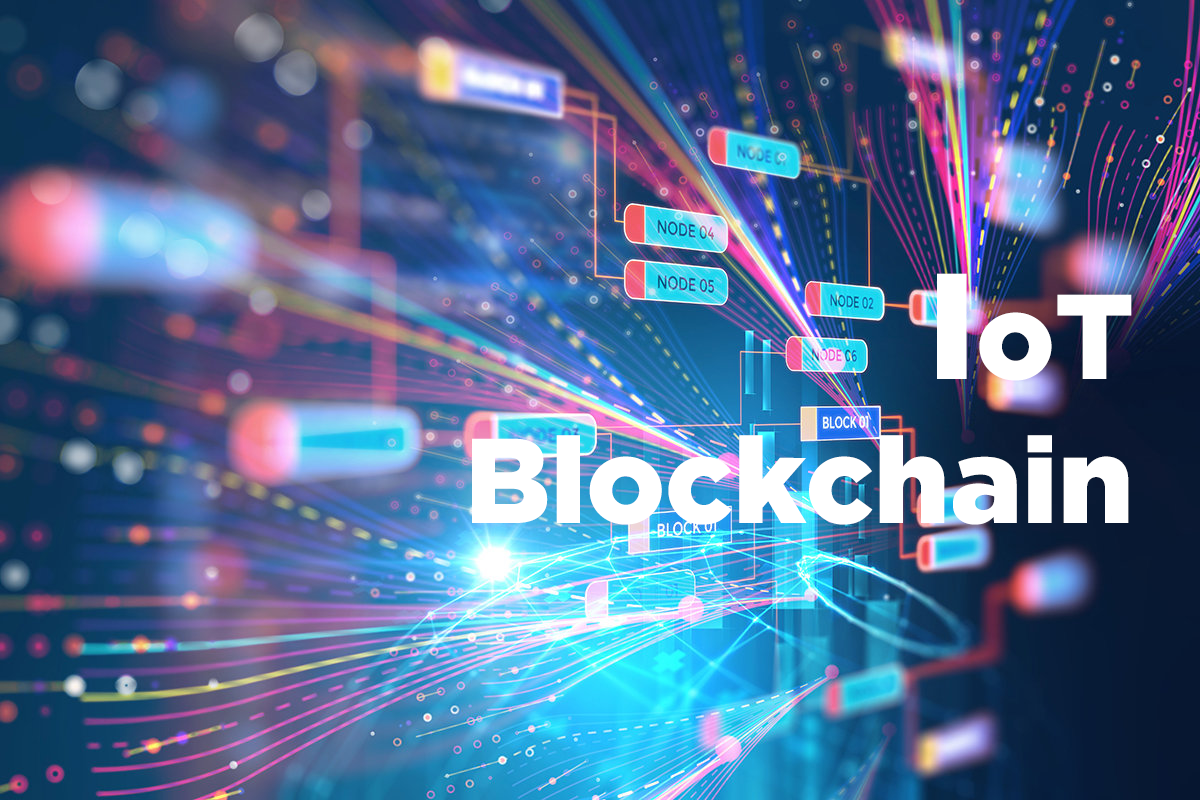The Internet of Things (IoT) has revolutionized the way we connect and interact with technology, enabling devices to communicate and collaborate seamlessly. Yet, as this network of connected devices expands, it faces a significant challenge: interoperability. How can devices from different manufacturers, platforms, and ecosystems communicate effectively? Enter blockchain technology. Known primarily for its role in cryptocurrency, blockchain is proving to be a game-changer in addressing IoT interoperability issues.
In this blog, we’ll explore the crucial role of blockchain in creating an interconnected IoT ecosystem, its advantages, challenges, and the exciting future it promises.
What is IoT?
The Internet of Things (IoT) refers to the network of physical objects—like sensors, devices, and appliances—that are embedded with software and technologies to exchange data over the internet. From smart thermostats and wearable fitness trackers to industrial sensors in manufacturing plants, IoT is becoming an integral part of our daily lives and industries.
The Challenge of IoT Interoperability
Despite its rapid growth, IoT has a major hurdle: devices often come from different manufacturers with varying protocols, making it difficult for them to work together. This lack of standardization limits the potential of IoT systems and leads to isolated networks that fail to leverage the full power of interconnectivity.
How Blockchain Can Help
Blockchain provides a decentralized, secure, and transparent platform for IoT devices to connect and share information. Its unique properties make it an ideal solution for tackling interoperability challenges, fostering a unified IoT ecosystem.
Understanding IoT Interoperability
What Does Interoperability Mean in IoT?
Interoperability in IoT refers to the ability of devices and systems to work together, regardless of their manufacturer or platform. For example, imagine a smart fridge communicating with an energy grid to adjust power consumption based on peak demand. Without interoperability, such interactions would be impossible.
The Current State of IoT Systems
IoT systems today are largely fragmented. A smart home may have devices from multiple brands, each requiring its own app or hub. This lack of integration not only frustrates users but also limits the scalability and efficiency of IoT networks.
Why Traditional Solutions Fall Short
Existing solutions, such as centralized platforms or custom APIs, are often expensive, complex, and prone to security vulnerabilities. They lack the scalability and trust required for a truly interconnected IoT ecosystem.
The Blockchain Advantage for IoT
Decentralization: A Key Enabler
One of blockchain’s greatest strengths is decentralization. In an IoT ecosystem, this means that no single entity controls the network. Devices can interact directly with one another using a distributed ledger, bypassing centralized hubs and ensuring seamless communication.
Smart Contracts for Seamless Operations
Smart contracts, a feature of blockchain, automate interactions between devices. For instance, a smart meter can use a smart contract to negotiate energy usage with the grid automatically, without human intervention. These contracts are tamper-proof and ensure transparency, reducing the risk of disputes.
Enhanced Security and Trust
Blockchain’s cryptographic protocols secure data exchanges between IoT devices. This eliminates concerns about unauthorized access, tampering, or data breaches, fostering trust in the system.
Key Use Cases of Blockchain in IoT Interoperability
Supply Chain Management
In supply chains, IoT devices track goods as they move through various stages of production and delivery. Blockchain ensures that these devices, regardless of platform, share accurate data in real time. This creates a transparent and efficient system that reduces delays and fraud.
Smart Cities and Connected Infrastructure
Smart cities rely on IoT devices to manage traffic, monitor pollution, and optimize energy use. Blockchain can unify these diverse devices, allowing them to work together. For example, traffic sensors from different manufacturers can share data to improve traffic flow seamlessly.
Healthcare IoT
In healthcare, IoT devices like wearable health trackers and medical monitoring systems generate vast amounts of sensitive data. Blockchain not only enables interoperability between these devices but also ensures data privacy and regulatory compliance, such as HIPAA in the U.S.
Challenges in Implementing Blockchain for IoT
Scalability Concerns
The sheer volume of data generated by IoT devices poses a challenge for blockchain networks, which are traditionally slower than centralized systems. Solutions like Layer 2 protocols and sharding are being explored to address this issue.
Energy Consumption
Blockchain networks, especially those using proof-of-work mechanisms, can be energy-intensive. This is a concern for IoT applications where energy efficiency is critical. Moving toward greener consensus mechanisms like proof-of-stake could mitigate this problem.
Cost and Complexity
Implementing blockchain in IoT systems requires significant investment and technical expertise. Small businesses or startups may find these barriers difficult to overcome without support.
Future Trends in Blockchain and IoT Interoperability
Adoption of Layer 2 Solutions
Layer 2 blockchain solutions, like sidechains, are helping to improve scalability and reduce transaction costs. These advancements make blockchain more practical for IoT applications that handle large data volumes.
AI-Blockchain Integration
Combining AI with blockchain can make IoT systems smarter and more efficient. For example, AI can analyze data from IoT devices to identify patterns, while blockchain ensures the integrity and security of that data.
Standardization Efforts
Global organizations are working to establish standards for blockchain-based IoT interoperability. These efforts aim to create universal protocols that allow devices from any platform to communicate seamlessly.
Conclusion
Blockchain is not just a buzzword; it’s a transformative technology with the potential to solve one of IoT’s biggest challenges: interoperability. By enabling secure, decentralized, and standardized interactions, blockchain is paving the way for a truly interconnected IoT ecosystem.
From supply chains and smart cities to healthcare, the synergy between blockchain and IoT is unlocking new possibilities. However, challenges like scalability, energy consumption, and cost must be addressed to ensure widespread adoption. As technology evolves, the integration of blockchain and IoT is set to redefine connectivity and innovation. The future holds immense potential for these two technologies to work hand-in-hand, creating smarter, safer, and more efficient systems.







